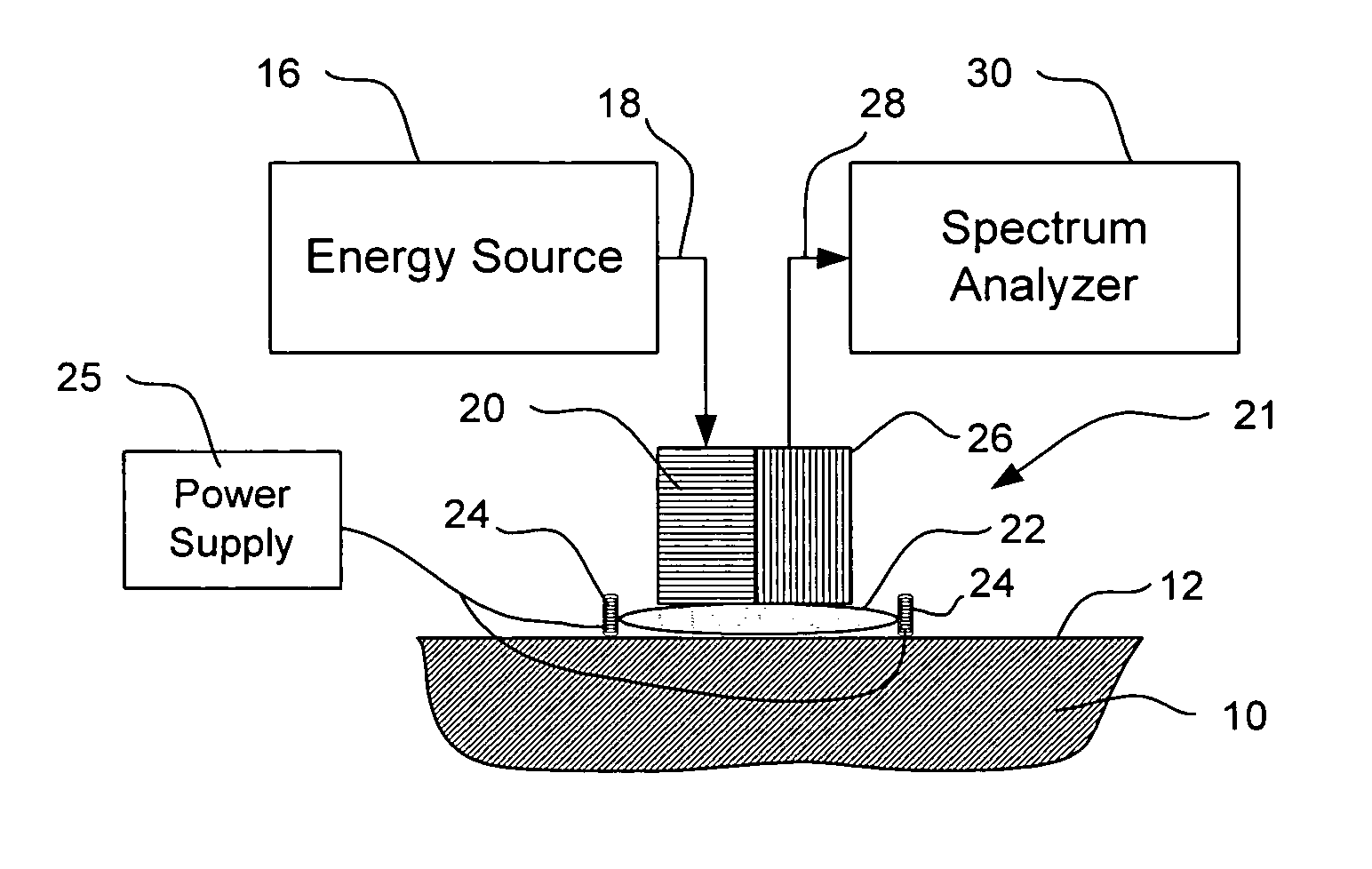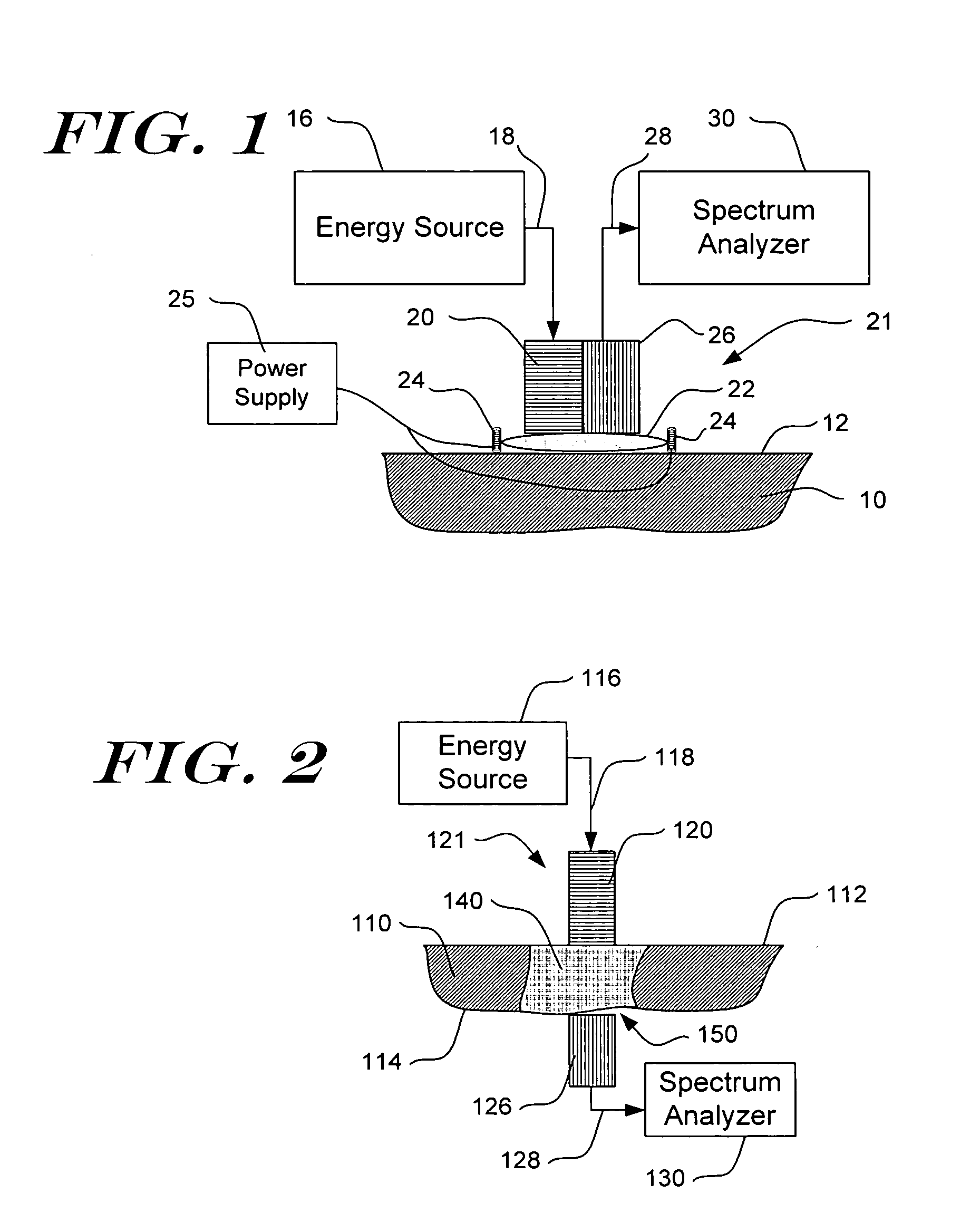Apparatus for non-invasive determination of direction and rate of change of an analyte
a fluid analyte and non-invasive technology, applied in the field of non-invasive methods and apparatus for measuring fluid analyte, can solve the problems of inability to monitor glucose at home, repeated irritation and inconvenience, and discourage vigilant self-monitoring, so as to improve the stability and accuracy of robinson measurement, and improve the accuracy of non-invasive measurement. , the effect of increasing blood flow
- Summary
- Abstract
- Description
- Claims
- Application Information
AI Technical Summary
Benefits of technology
Problems solved by technology
Method used
Image
Examples
Embodiment Construction
[0045] Detailed embodiments of the present invention are disclosed herein. However, it is to be understood that the disclosed embodiments are merely exemplary of the present invention which can be embodied in various systems. Therefore, specific details disclosed herein are not to be interpreted as limiting, but rather as a basis for the claims and as a representative basis for teaching one of skill in the art to variously practice the invention. The invention makes use of signals, described in some of the examples as absorbance or other spectroscopic measurements. Signals can comprise any measurement obtained concerning the tissue, e.g., absorbance, reflectance, intensity of light returned, fluorescence, transmission, Raman spectra, all at one or more wavelengths; concentration of an analyte, and characteristics relating to change of any of the preceding. The invention also concerns analyte properties, where an analyte property can include, as examples, analyte concentration, prese...
PUM
| Property | Measurement | Unit |
|---|---|---|
| wavelengths | aaaaa | aaaaa |
| concentrations | aaaaa | aaaaa |
| temperature | aaaaa | aaaaa |
Abstract
Description
Claims
Application Information
 Login to View More
Login to View More - R&D
- Intellectual Property
- Life Sciences
- Materials
- Tech Scout
- Unparalleled Data Quality
- Higher Quality Content
- 60% Fewer Hallucinations
Browse by: Latest US Patents, China's latest patents, Technical Efficacy Thesaurus, Application Domain, Technology Topic, Popular Technical Reports.
© 2025 PatSnap. All rights reserved.Legal|Privacy policy|Modern Slavery Act Transparency Statement|Sitemap|About US| Contact US: help@patsnap.com



